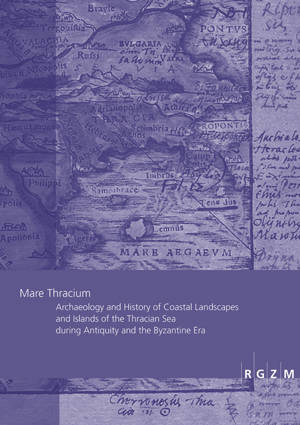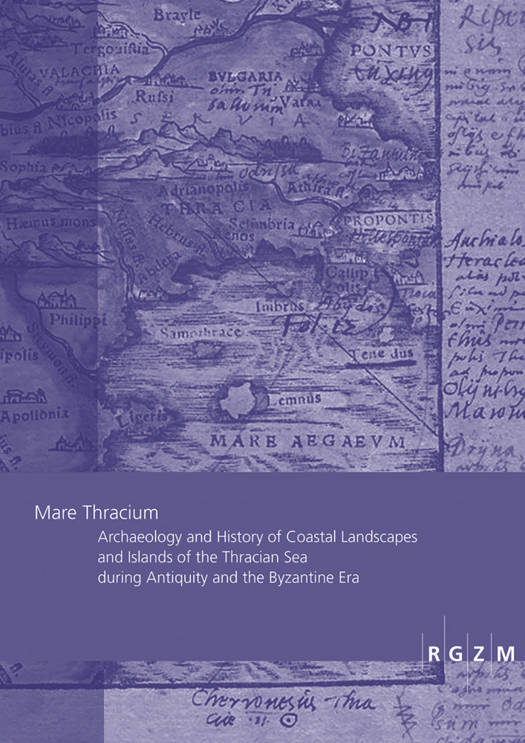
- Afhalen na 1 uur in een winkel met voorraad
- Gratis thuislevering in België vanaf € 30
- Ruim aanbod met 7 miljoen producten
- Afhalen na 1 uur in een winkel met voorraad
- Gratis thuislevering in België vanaf € 30
- Ruim aanbod met 7 miljoen producten
Zoeken
Omschrijving
Mare Thracium - the Thracian Sea - is the northernmost part of the Aegean Sea. It is located between the east coast of Chalkidiki and the Athos peninsula, the coast of the Aegean Thrace, the west coast of the Thracian Chersonese and the islands of Imbros and Lemnos. Despite its peripheral location, this region has been an integral part of the Mediterranean world. The wealth of the resources, such as the silver from Thasos or the Thasian and Samothracian marble, was of great importance, as were also the rivers, such as Strymon and Hebros, which provided a connection to the Thracian hinterland. Numerous harbour cities along the coastlines contributed significantly to the development of the region since the Archaic period and in several cases they continued to exist existed until, and in some cases even after, the Byzantine era. In an effort to give to Mare Thracium the deserved prominence in its entirety, both to its important settlements as well as to its importance as a transport area, a workshop was held in Mainz in 2016 as part of the Interdisciplinary Archaeological Project "The Thracian harbour city Ainos in Roman and Byzantine times - the development of a traffic hub in a changing environment" which was a participant of the Priority Research Programme of the German Research Foundation (DFG SPP 1630) "Harbours from the Roman Period to the Middle Ages". The contributions in this volume, are addressing: natural conditions for seafaring, historical developments, physical remains of coastal settlements and their harbours as well as underwater discoveries.
Specificaties
Betrokkenen
- Uitgeverij:
Inhoud
- Aantal bladzijden:
- 216
- Taal:
- Duits
- Reeks:
- Reeksnummer:
- nr. 47
Eigenschappen
- Productcode (EAN):
- 9783884673584
- Verschijningsdatum:
- 21/04/2023
- Uitvoering:
- Paperback
- Formaat:
- Trade paperback (VS)
- Afmetingen:
- 242 mm x 14 mm
- Gewicht:
- 975 g

Alleen bij Standaard Boekhandel
+ 183 punten op je klantenkaart van Standaard Boekhandel
Beoordelingen
We publiceren alleen reviews die voldoen aan de voorwaarden voor reviews. Bekijk onze voorwaarden voor reviews.







